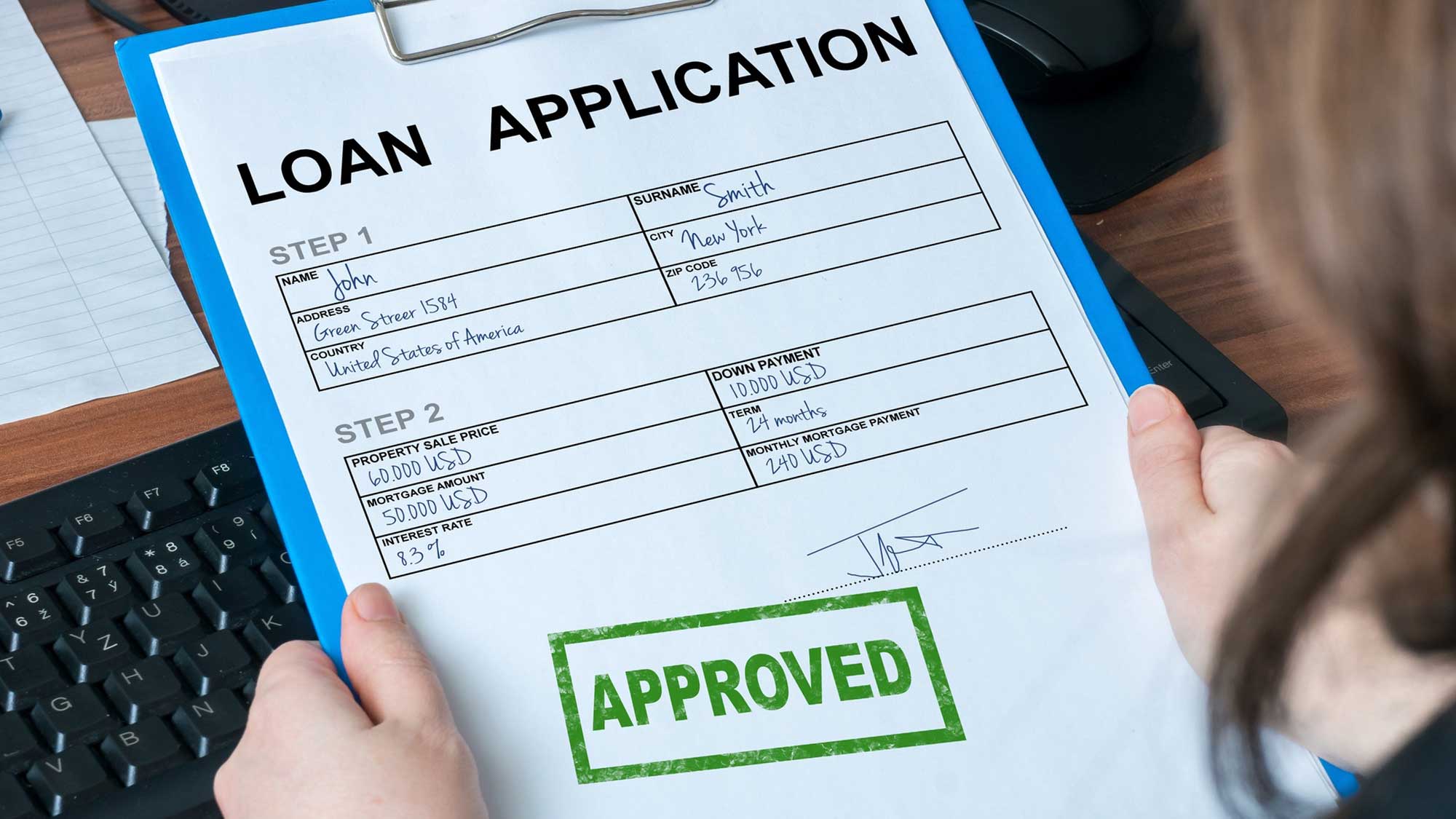When you’re considering taking out a personal loan in the United States, the first thing lenders look at is whether you meet the eligibility criteria. Understanding these requirements ahead of time can help you prepare and improve your chances of getting approved with favorable terms.
This blog breaks down the standard personal loan eligibility criteria in the U.S., so you know what to expect before applying.
A personal loan is an unsecured loan that individuals use for a variety of purposes — such as debt consolidation, home improvements, medical bills, or emergencies. Since personal loans don’t require collateral, lenders rely on your creditworthiness and financial profile to assess risk.
While each lender has its own requirements, the following are common criteria across most banks, credit unions, and online lenders:
- You must be at least 18 years old.
- Some lenders may require a minimum age of 21.
- You must be a U.S. citizen, permanent resident, or in some cases, a visa holder with a valid Social Security Number (SSN) or Individual Taxpayer Identification Number (ITIN).
- Proof of stable income is essential to demonstrate your ability to repay the loan.
- Acceptable sources include:
- Employment salary
- Freelance income
- Business revenue
- Pension or social security
- Most lenders prefer borrowers who are employed full-time or have a consistent work history.
- Self-employed individuals must provide income verification like tax returns or business bank statements.
- Your credit score plays a big role in both approval and interest rates.
- While requirements vary, here’s a general breakdown:
| Credit Score | Loan Approval Chances | Typical Interest Rate |
|---|---|---|
| 720–850 (Excellent) | Very High | 6% – 10% |
| 690–719 (Good) | High | 10% – 15% |
| 630–689 (Fair) | Moderate | 15% – 25% |
| Below 630 (Poor) | Low | 25% – 36%+ |
Tip: Some lenders offer bad credit loans, but rates may be higher, and stricter terms may apply.
- Lenders often check your DTI ratio, which compares your monthly debt payments to your monthly gross income.
- A DTI below 35%–40% is typically considered acceptable.
- Most lenders require a U.S.-based bank account to deposit funds and collect repayments.
Be ready to submit:
- Government-issued ID (Driver’s License, Passport)
- Proof of income (Pay stubs, tax returns)
- Proof of address (Utility bills, lease agreement)
- Bank statements
- Loan Purpose: Some lenders may ask how you plan to use the loan.
- Co-signer or Co-applicant: If you have low credit, applying with a co-signer may improve your eligibility.
- Education or Employment History: A few lenders may request information about your educational background or job stability.
Here are a few actionable tips to increase your chances of approval:
- Check and improve your credit score before applying.
- Pay off existing debts to lower your DTI.
- Avoid multiple loan applications in a short period.
- Maintain consistent income and job history.
- Apply with a co-signer if your profile is borderline.
Knowing the personal loan eligibility criteria in the United States can help you apply with confidence. Each lender has different thresholds, but the basics — strong credit, steady income, and responsible debt levels — remain the same across the board.
Taking time to prepare and compare lenders can save you money and help you find the best loan for your needs.

